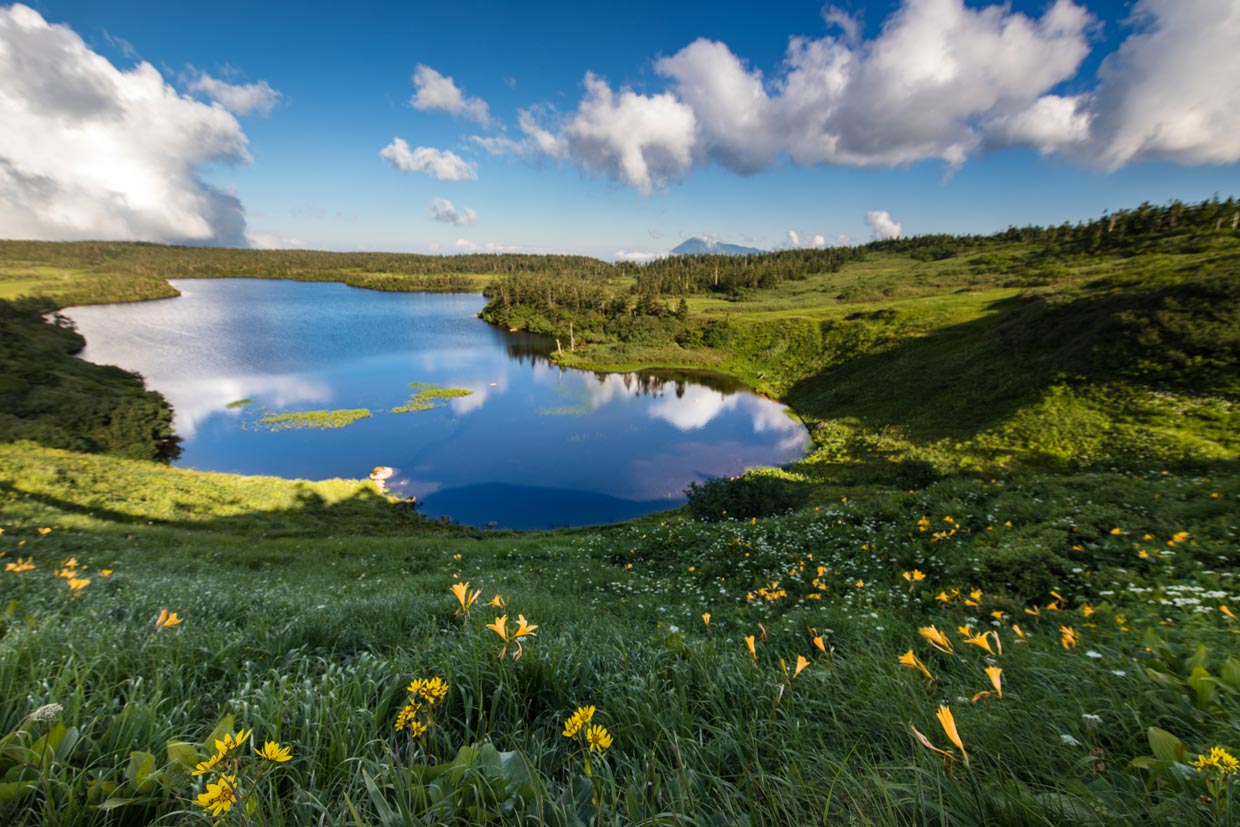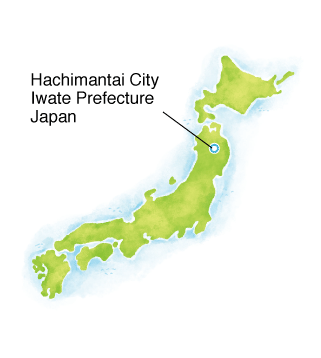Wander Off The Beaten Path
Discover Hachimantai, Japan
Wander Off The Beaten Path
Discover Hachimantai, Japan
Hachimantai Aspite Line and Jukai Line Closed for Winter
Hachimantai Aspite Line and Jukai Line Closed for the Winter
Note: Both the Hachimantai Aspite and Jukai Lines are closed for the winter from 5 p.m. November 5th, 2021through mid April 2022.
(Access from Akita is likewise closing at this time.)
The Hachimantai Aspite Line is scheduled to reopen at 10:00 a.m. on April 15th.
The Hachimantai Jukai Line is scheduled to reopen at 10:00 a.m. on April 24th.
Hachimantai Aspite Line and Jukai Line Information
The Hachimantai Aspite Line will open on April 15th, and the Hachimantai Jukai Line will open on April 22nd.
Until June they will be closed at night because of the icy conditions.
We recommend checking the Hachimantai City Tourism Association website before you go for information about road conditions and further closures.
Hachimantai Aspite Line and Jukai Line Information
The Hachimantai Aspite and Jukai Lines opened in late April after their winter closure.
Until June they will be closed at night because of the icy conditions.
We recommend checking the Hachimantai City Tourism Association website before you go for information about road conditions and further closures.
Hachimantai Aspite Line and Jukai Line Information
The Hachimantai Aspite and Jukai Lines open in late April after their winter closure.
We recommend checking the Hachimantai City Tourism Association website before you go for information about road conditions and further closures.
Seasonal attractions
The landscape changes dramatically through the seasons. Spring is host to not only the famous cherry blossoms, but also towering walls of snow along a 27-km stretch of road. The summer reveals beautiful flowers and greenery, which erupt into a riot of color in the fall. In the winter the powder snow is legendary, transforming the area into a paradise for back country skiers and snowboarders with resorts for families and beginners as well.

Hiking in Hachimantai
The Towada-Hachimantai National Park is host to diverse terrain from alpine marshland to volcanic landscapes with beautiful rivers and waterfalls. Explore it on foot along one of the many well-marked hiking trails in the mountains! Summit Mt. Iwate or one of the other peaks from trail heads here in Hachimantai.
A MARVELOUS RED CARPET - MT. MITSUISHI -
The summit area of Mt. Hachimantai boasts the earliest viewing place for the autumn colors in all of Honshu.
The weather is often clear in September, so hike up to the summit of Mt. Mitsuishi and enjoy this spectacular view!
BREATHTAKING RIDES
There are so many great cycling courses in Hachimantai! Try the route used in the hill climb race, another famous for the beautiful scenic views, and of course there are great places to eat along the way. Hachimantai really is a cyclist’s paradise.
Welcome to the Hachimantai tourist information website.

Hachimantai City is located in northern Japan and is a mountain resort area surrounded by beautiful mountains in the Towada – Hachimantai National Park. In the summer, you can enjoy mountain activities such as hiking, camping, biking, etc. In the winter, you can do different winter sports like skiing, snowboarding, cat skiing, etc. And all year long you can soothe your body and mind with the various types of mineral baths including saltwater and milky-white hot springs among others that are found throughout the area.


